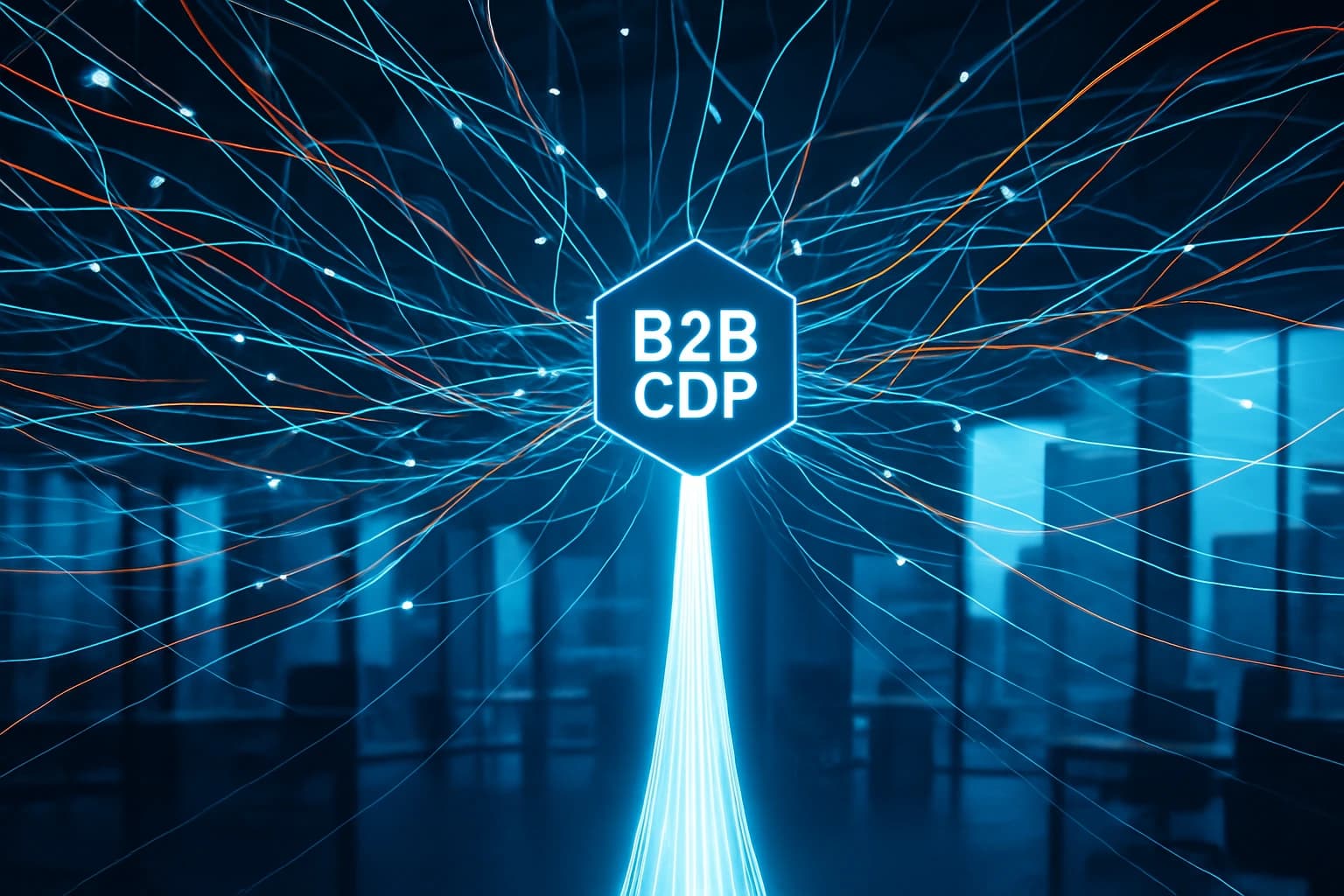For decades, traditional marketers faced a challenge while allotting their marketing budgets among various marketing channels.
Today, with the advent of digital communication modes like television and the Internet, along with various computing devices, those jobs have become even more taxing.
“Effective allocation” is the keyword here. Modern-day marketers have to distribute their marketing budgets between these “channels” in a way to maximize the return on investment (ROI), but that can’t be done on gut feeling or some upper management’s whim and fancy.
With big data, such allocation has now turned into a science (though not 100 percent exact, it’s evolving), helping marketers go beyond just making educated guesses.
Use of Marketing Mix Modeling (MMM)
Companies have marketing tools at their disposal to create models that show the impact on sales of each channel.
The traditional marketers have used Marketing Mix Modeling (MMM) on various mixes of marketing variables as a fallback.
MMM involves using statistical and analytical tools to quantify the impact of past marketing decisions and predict future impacts.
But Marketing Mix Modeling or Media Mix Modeling (MMM) may now have a new companion, or at least some analysts around the globe believe so.
That’s Attribution Modeling (AM), which revolves around digital media and focuses on leveraging user-level data to establish the conversion credit for different digital media channels or campaigns.
This agile, bottom-up approach monitors various marketing touchpoints at the customer level and relates them to online sales or other digital conversion events. It, however, does not take cognizance of offline media.
Looking for Marketing Insights to Improve Customer Loyalty? >>>>> Schedule a Consultation
For some years now, the industry has been asking – MMM or AM, an ‘Us versus Them’ kind of debate. Now, that seems no longer the case.
But before we delve into the current debate about whether MMM should be used alongside AM by marketers to gain a more accurate picture of their marketing spends, one lingering question is: can MMM itself be viewed as a type of Attribution Modeling? Different experts seem to have different answers.
The nay lobby claims that MMM originated from and is primarily focused on offline media channels, where no granular user-level data is available. Also, AM banks on past data while MMM talks of the future.
At the same time, there’s no denying that MMM does require going into a good amount of your company’s data to get enough information for modeling.
Regression Modeling
The regression technique model is the oldest of the four being used in MMM. Regression models are largely linear and are used to predict the future behavior of variables based on their past behavior.
The basic formula for such a linear regression model is:
y = mx + c
Where y is the independent variable, x is the dependent variable, m determines the movement of the dependent variable due to movement in the independent variable, and c is the value of the independent variable if the dependent variable is 0.
Such regression models are easy to build but largely work only for simple marketing campaigns. For example, using them, one can quantify the impact or value of a stand-alone marketing activity on a specific variable, such as sales or revenue.
They involve predicting the value of an unknown variable (sales), which is dependent on one or more known variables (price, media channel, etc.)
Regression models can also be non-linear, but let’s keep the debate on linear versus nonlinear for another day.
Coming back to our original question, how does a marketer measure success today?
Here’s what Natasha Moonka, Product Marketing Manager, Google Analytics team, had to say about it: “Attribution Modeling is the process of answering the following question for marketers and executives: Which channel fetches the most leads and, subsequently, revenue? A relentless push towards accountability has driven the adoption of ever-more-sophisticated measurement tools.
Many marketers use marketing mix modeling (MMM), some use data-driven attribution, while others consult a separate solution for each.
While separate MMM marketing mix modeling and data-driven attribution tools offer cross-channel measurement, each has limitations:
- Speed and Granularity: Traditional MMM marketing mix modeling offers high-level analysis on a quarterly or yearly basis, which can limit more granular, or on-the-fly optimization.
- Data Limitations: Data-driven attribution requires a wealth of granular, user-level data, which can limit offline channel visibility.
When the two measurement practices are combined, however, they improve the outputs from each. Data-driven attribution informs MMM models. MMM data feeds attribution analysis. Resulting insights allow marketers to see the impact of each marketing element in near real-time.”
Proponents of an MMM-AM merger, like Natasha, claim that this was enabling marketers to make strategic planning decisions and precisely measure individual-level interactions in near real-time.
Optimize Your Marketing Budget and Make Smarter Business Decisions >>>>> Schedule a Consultation
Rolf Olson, Mindshare’s new data chief, appointed a few months ago, revealed he was “not afraid” to combine traditional methods with cutting-edge approaches to make the right media decisions.
He felt MMM, though not dead, had come under “significant pressure” in the last decade because of the explosion in marketing touchpoints. He, too, was in favor of model integration.
Analysts like Olson advocate the middle-path – applying a top-down, bottom-up modeling approach, where Marketing Mix Modeling (MMM) represents the top-down and AM is the bottom-up element. Together, it provides marketers with a holistic approach, enabling them to mine rich digital data as well as data from more traditional channels.
At the end of the day, let’s not forget that one universal truth – no model is perfect.
Conclusion:
Combining marketing mix modeling with attribution modeling can provide a comprehensive view of your marketing performance and help you make data-driven decisions.
By understanding the impact of different channels and touchpoints, you can optimize your strategy for better results and maximize your ROI. Remember to always start with a clear understanding of your business goals, and use the insights from these models to fine-tune your approach over time.


